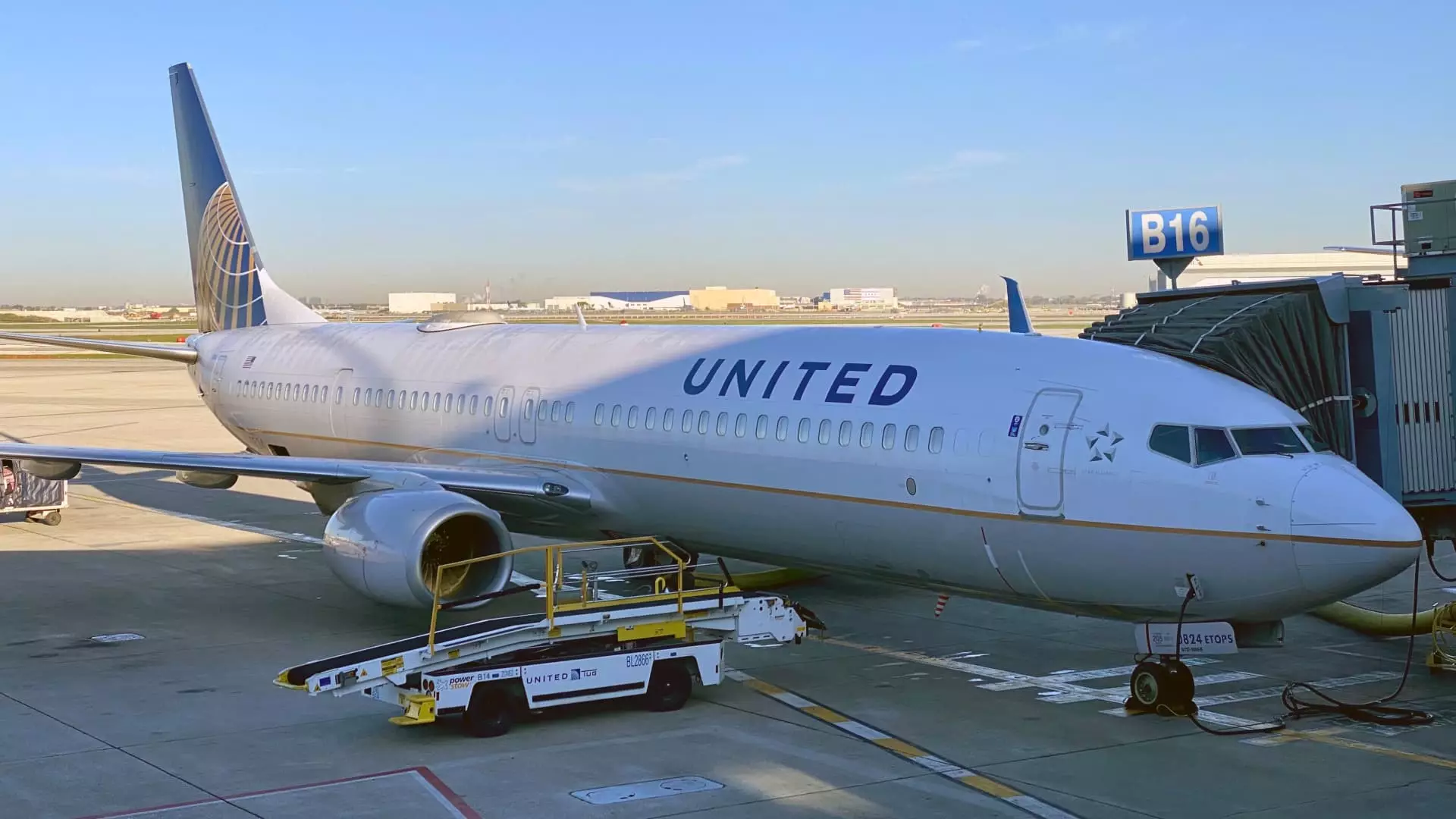Flight delays are often attributed to bad weather conditions that can affect air travel routes. Thunderstorms, in particular, can cause disruptions in flight schedules, leading to late departures and longer routes to avoid the storm.
One of the measures taken during bad weather conditions is the issuance of ground stops by the Federal Aviation Administration. These stops prevent traffic from departing to a specific airport to avoid overcrowding and potential hazards caused by the weather.
United Airlines has taken a proactive approach to keep passengers informed about the reasons behind flight delays. By utilizing generative artificial intelligence, the airline now sends live radar maps to travelers, showing the current weather conditions that may be affecting their flights. This technology also provides information on other factors contributing to flight disruptions, such as mechanical issues and airport congestion.
Challenges and Solutions
Thunderstorms can arise unexpectedly and are more difficult to predict compared to larger weather systems like winter storms and hurricanes. This unpredictability can lead to cascading delays, leaving planes and crews in inconvenient positions. United Airlines’ initiative to provide real-time updates to passengers is a step towards improving communication and managing expectations during disruptive weather events.
In the airline industry, flight delays are a common occurrence, with nearly 21.4% of U.S. airline flights arriving late in the first half of the year. While this number has improved slightly compared to the previous year, delays continue to impact travelers and airlines alike. With an increasing number of people traveling during peak holiday periods, such as the July Fourth holiday, airlines are under pressure to maintain smooth operations despite challenging weather conditions.
Overall, understanding the reasons behind flight delays, particularly those caused by bad weather, can help passengers better prepare for potential disruptions. By leveraging technology and improving communication strategies, airlines like United Airlines are striving to minimize the impact of delays and provide a more seamless travel experience for their customers.

